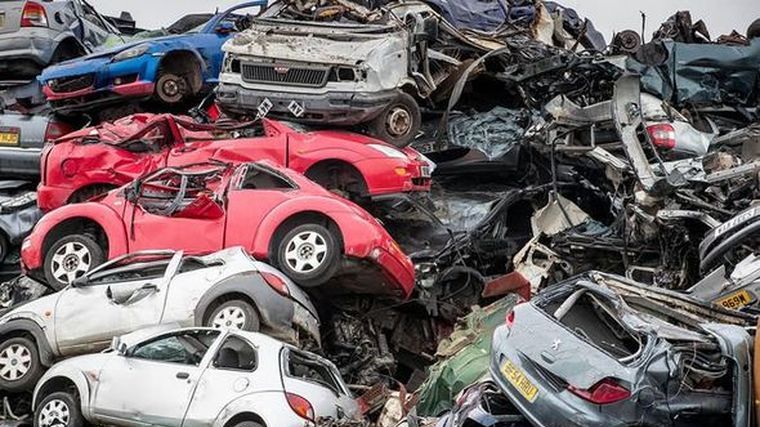Scrappage scheme on cards

With New Zealand having one of the oldest vehicle fleets, the government is investigating whether a scrappage scheme would help speed up the removal of old vehicles from our roads.
Overseas, scrappage schemes “are usually in places that have car manufacturing and are an incentive for people to buy new cars”, says Julie Anne Genter, Associate Minister for Transport.
However, she says the government is interested in following in the footsteps of overseas jurisdiction “as a just transition” from a higher emissions to a lower-emission fleet.
Genter says: “The general thrust is that older vehicles are able to be scrapped and you receive some sort of incentive for doing so, whether that’s a public transport pass, credits towards a cleaner car or a different type of vehicle, such as an e-bike.
“The scrappage scheme is in the hands of NZTA and we're expecting an update in the next month. If it goes ahead, it’s likely to be a trial in the first instance to work out what’s the best way for this to be effective at getting better outcomes for the quality of the fleet and ensuring low-income people are supported to transition to cleaner transport options.”
The average age of New Zealand’s light-passenger fleet in 2017 was 14.4 years. In comparison, the average age of light vehicles in the US was 11.6 years in 2016 and 10.1 years in Australia. The average age of this country’s light-vehicle fleet has increased by 2.7 years from 11.7 in 2000.
The government’s previous scrappage trials
According to Newsroom, in an April 2018 draft paper, Genter looked to local and overseas precedents for a scheme to help incentivise people to surrender ageing vehicles. This included two scrappage trials run by the Ministry of Transport in 2007 and 2009.
The 2007 trial in Auckland cost $400 per vehicle, and produced estimated social and health benefits of $340 to $871 per unit.
However, the 2009 trial held in Wellington and Christchurch for three-and-a-half weeks wasn’t as successful.
“The Wellington and Christchurch trials showed that a nationwide scrappage scheme was unlikely to be cost-effective due to the low number of vehicles received, and the relatively low overall social and environmental benefits, relative to the costs,” according to the ministry’s website.
The trials also highlighted a lack of public awareness about how to safely dispose of unwanted vehicles and the cost of doing so. “Twenty-five per cent of participants in the 2009 trial thought it would cost money to dispose of their vehicles even though in Wellington and Christchurch vehicles have value as scrap metal,” the report stated.
What’s on the agenda now
In an April 2018 draft cabinet paper, Genter proposed various measures in addition to a scrappage scheme – her clean car policies, including a fuel-economy standard and a feebate scheme, and an import ban.
These policies would aim to increase the number of low-emission and electric vehicles (EVs) entering the fleet, and the scrappage programme and testing would help phase-out potentially unsafe vehicles.
Out of all of them, an import ban would be the most “cost-effective” with a preliminary cost-benefit analysis estimating that idea having a $2.26 billion net benefit and averting 27 million tonnes of CO2 emissions over 30 years.
By comparison, the feebate scheme is only expected to reduce emissions by 1.6m tonnes over the next 20 years, reports Newsroom, and the fuel-economy standard could reduce emissions by 5.1m tonnes for the same period.
Warrant of fitness tests
Alongside the other policies, Genter has also looked at a plan to examine cars for dangerous emissions as part of WOF inspections.
Such tests would examine dangerous air pollutants like nitric oxide, nitrogen dioxide and fine particulates – not greenhouse gases (GHGs), which would be regulated by the fuel-economy – or clean car – standard.
“The key limitation for testing is the cost of the equipment at about $12,000-$15,000 per device,” Genter told Newsroom. “There are approximately 3,200 WOF agents, meaning there would be considerable costs to businesses in requiring testing stations to have emissions-testing equipment.
“Although this is a significant short-term cost, it could be recovered over time through the charges for WOFs and certificate of fitness tests. The increased cost per vehicle is likely to be $14-$16.”
After a cost-benefit analysis, costs significantly outweighed the benefits even taking into account the benefits of reduction of air pollution and carbon emissions, so the government didn’t ahead with the plan.
To read the original article, click here.





